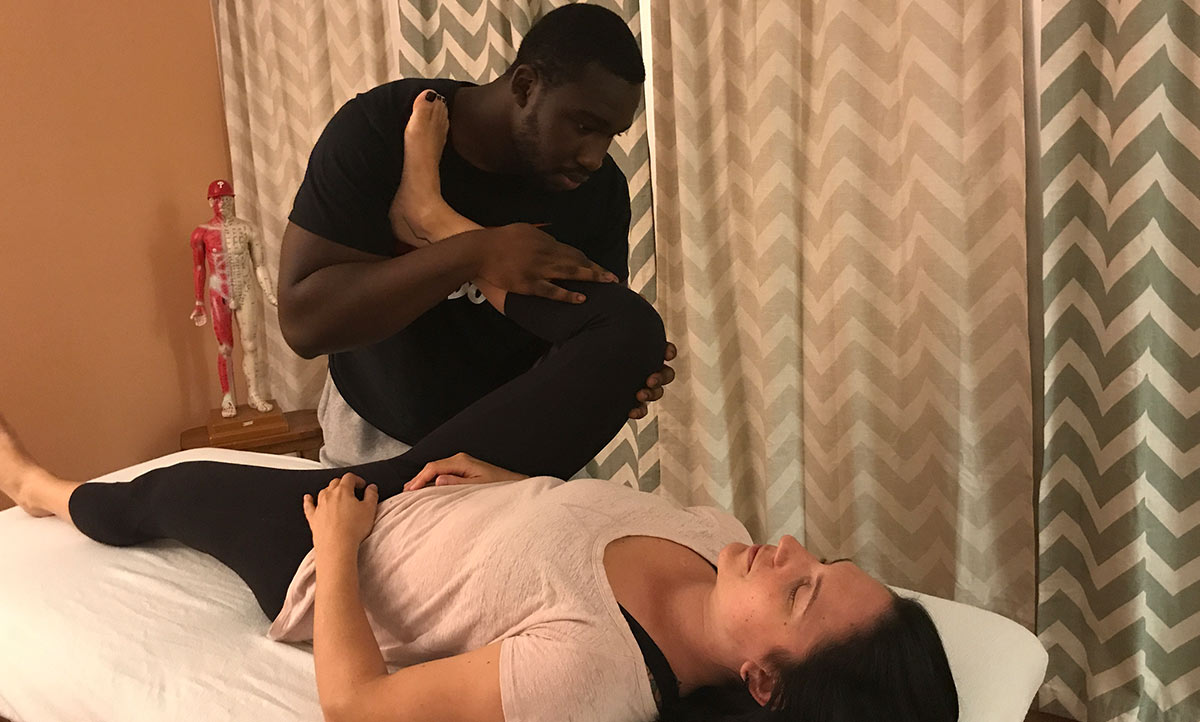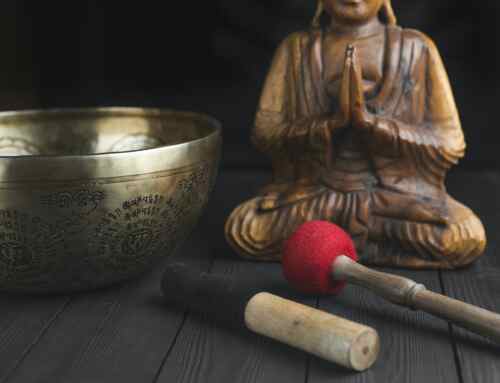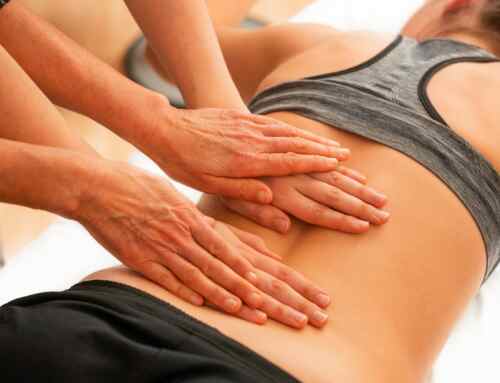Sick of sitting at a desk all day?
Longing for a line of work that helps others?
A career in massage therapy might be just what the doctor ordered! Massage therapists use their hands, forearms, elbows and more to manipulate the soft-tissue of clients. They provide pain relief, stress reduction, and overall relaxation. Many find the work deeply satisfying. But is it right for you?
What type of person makes a good massage therapist?
When you hear “massage therapist,” what comes to mind? For many, the stereotypical image is a big, burly Swede. In reality, there is no one type of massage therapist. They come in all shapes and sizes, ages and ethnicities.
How physically fit does a massage therapist need to be?
Swedish massage is the foundational technique taught in Western massage schools. While this method does require physical exertion on the part of the massage therapist, the therapist does not need to be a bodybuilder to give a great massage! It is more important that the therapist knows the limits of his or her own body than that they possess brute strength.
In massage school, students learn proper body mechanics to avoid overworking themselves. Many schools advise giving 4-6 massages a day at most to avoid burnout and fatigue. Over the course of a standard massage therapy education, students grow more comfortable with massage techniques, develop muscle memory, and increase their stamina. This learning process takes time. So, while giving one full-hour massage may feel like a major triumph at the beginning of one’s schooling (and it is!), by graduation, students feel competent giving several one-hour massages in a row.
Still concerned about the physical exertion required as a massage therapist? Have no fear: There are over 80 massage modalities in the field! Many of these modalities require less exertion from the massage therapist than Swedish massage. Some gentler modalities include CranioSacral Therapy and Myofascial Release. One can also choose to work with certain populations that require a gentler touch, such as the elderly or children.
What inner qualities should a massage therapist possess?
- Non-judgmental: Massage therapists touch all sorts of people for a living. It is crucial that therapists be honest with themselves about their own biases so that they may offer the same high-quality service to all clients.
- Patient: Not all clients are easy to work with. Some have difficulty verbalizing what they hope to get out of their massage. Others have attitudes that reflect how much tension they carry in their bodies. If irritation arises, a good massage therapist knows to take a deep breath, practice grounding, and move forward with the session, as closely attuned to the needs of the client as possible.
- Empathetic: Massage can be a deeply emotional experience for some clients. A good massage therapist remains heart-centered and attuned to clients’ needs while maintaining professional boundaries.
What are the steps to becoming a massage therapist?
Attend a reputable massage therapy school. Upon graduation, complete the necessary steps for licensing. The licensing process varies somewhat based on where you live. In much of the United States, getting a license involves passing the Massage and Bodywork Licensing Exam, or MBLEx. Information about the exam can be found here.
What is the job outlook for massage therapists?
According to the Bureau of Labor Statistics, the employment of massage therapists is projected to grow 24% from 2016-2026, several times the national average for other careers.
Where do massage therapists work?
Massage settings vary widely depending on the client population and massage therapist’s intended outcome for the massage:
RELAXATION
- Massage studio (franchise or personal studio)
- Spas
- Hotels/Resorts
- Cruise ships
MEDICAL/HEALTH-RELATED
- Hospitals
- Physicians’ office
- Chiropractors’ office
- Nursing homes/Hospice
ATHLETIC
- Fitness centers
- Sports teams
- Sporting events
Some massage therapists also offer in-home massage for clients and/or do on-site chair massages in a variety of settings, such as business offices or at public events.
Getting Started
If all of this sounds good to you, and you feel ready to take the first step toward becoming a massage therapist, congratulations! You’re in the right place.






